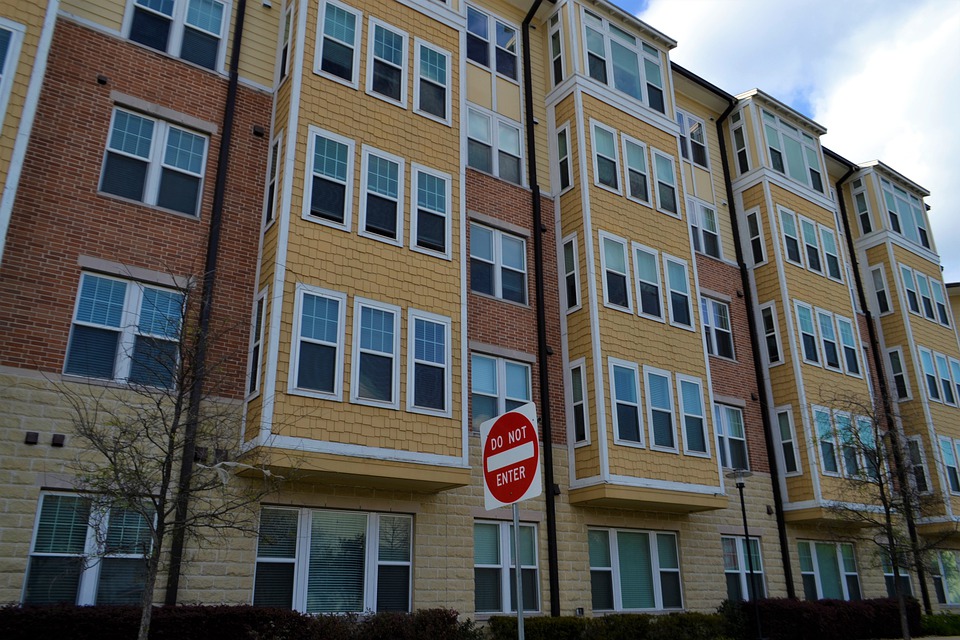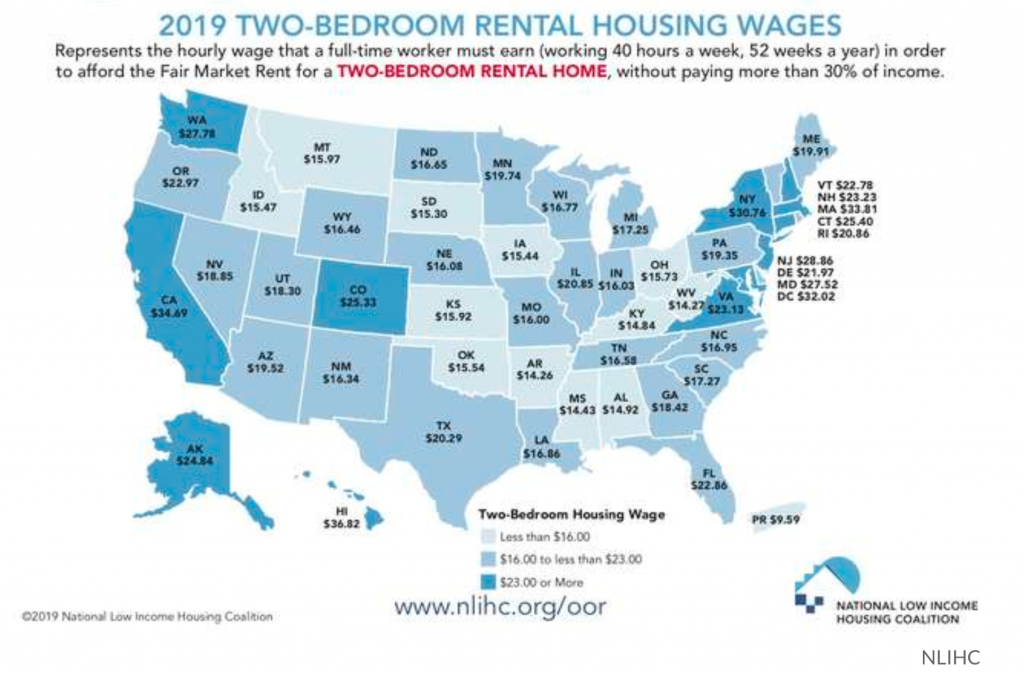What Makes up Low-Income Housing in Utah?
Low-Income Housing in Utah can take on a few different meanings. Is it right for you?
The truth is, housing can be expensive; especially if you don’t work at a job that pays you very much. The average entry-level job in Utah only pays roughly $12/hour. Is that enough to afford your own place?
According to Thrillist.com, it takes earning about $18.30/hour to afford a two-bedroom apartment in Utah without being labeled as rent overburdened (or spending more than 30% of your income on rent). This can vary according to what city you live in but it is roughly the same throughout the state. The truth is, a lot of jobs don’t pay enough. But, do not fear! There are more options when it comes to housing!
Low-Income Housing vs. Affordable Housing
Affordable Housing in Utah can take on a lot of different meanings. The type we are talking about is housing that is affordable for people who have lower incomes than the median in their area. Affordable Housing can look like single-family homes, townhomes, tall apartments, manufactured homes or any other type of place you could call home.
The main requirement for a property to be deemed affordable housing is the cost of rent has to be less than 30% of your monthly expenses based on the tenant’s income. These types of properties can be marketed towards middle-class families because it is less strict with rent requirements. A lot of places will say affordable housing and be quite expensive because the requirements are less strict. This is different than low-income housing. Low-income housing is generally available if you make 30-80% of what the average median income is in your area. These are mainly built for a lower financial class and income-restricted families/individuals.
Anything less than 30% of the average income median would be considered extremely low-income and would qualify for section-8 housing where a portion of the rent would be covered every month for those who qualify. Unfortunately, this type of private housing has very long waiting lists and can be difficult to obtain. However, Utah has a plethora of low-income housing properties all around the state! No matter what your level of income is, Utah has a vast and accommodating apartments and homes for your budget and situation.
Everybody Wins!
In 1986, the government passed the Low-Income Housing Tax Credit (LIHTC). This was put in place so communities were required to build low income and affordable housing. Having these types of properties in an area was shown to greatly improve the overall happiness and economy of communities and cities. The developers and investors who paid to build these types of housing communities were given tax incentives so they were also benefiting from building cheaper housing.
Overall, it is a win-win for investors, developers, landlords, and tenants who live there! Utah is a busy growing city that is diverse and demographically colorful. People from all parts of the world with a mixture of cultural backgrounds are coming to Utah because of its diverse melting pot and rich opportunities. Beautiful, affordable housing in Utah is just one of the benefits of living here!
Qualifications for Low-Income and Affordable Housing
Not just anybody can live in low-income housing. Each state has different guidelines as far as who can qualify for it, depending on the income median in that area. Are you paying too much for your housing situation? Rent overburden will happen to anyone if they aren’t careful about how much they’re spending on housing. That’s why low-income housing in Utah exists-to aid those who really need financial help. Families with young children, veterans, people with disabilities and the elderly are typically put first when applying for low-income and affordable housing.
The United States Department of Housing and Urban Development (HUD) wanted to make sure that only those who really need affordable housing opportunities were allowed to live there.
Department of Housing and Urban Development (HUD) placed 3 income limits for people applying for housing. Those limits are 30, 50 and 80. This means for a person to be considered low-income, the income of the tenant has to be somewhere between 30-80% less than the AMI or Area Median Income. Some places will advertise affordable housing but will not be low-income housing. If a tenant makes more than the threshold of 30-80% than they cannot qualify for low-income housing.
The Federal Tax Codes say landlords and developers have to make sure tenants aren’t spending more than 30% of their bills on rent, utilities, extra fees, and insurance. This is good because even though rent can fluctuate with changing income prices in the area, landlords are required to keep rent under a certain amount for every tenant who lives there.
Many Beautiful Options
There are many lower-income apartments across Utah! They look just like regular apartments and townhomes!
Many feature studio apartments and up to a spacious four-bedroom, three-bath house or apartment! Many places even allow pets for a small fee or ESA with the proper paperwork with no additional cost. Utah has done a phenomenal job building and maintaining affordable and low-income housing.
Salt Lake City
Sandy/South Jordan
Provo/Orem
Benefits to Affordable Housing:
Ultimately, low-income housing is an important and essential part of every community and especially for the state of Utah. Lower-income families who work jobs in the food industry, hospitality, retail, construction…etc are essential to Utah’s economy and the overall needs of any city. That is why affordable housing was created. We want to keep these essential workers in our cities with the housing they can afford.
On top of that, investors and developers are happy because they receive tax credits and incentives to build these types of properties. The benefits of helping people live in a nice, affordable apartment include their children doing better in school knowing they have a nice place to come home to. Also, tenants have more spending money to stimulate the economy, communities have more blue-collar workers at essential businesses in the area and finally, the overall happiness of the community thrives.
If you fall into the qualifications for low-income housing and it is something you want to learn more about, check out this website.

